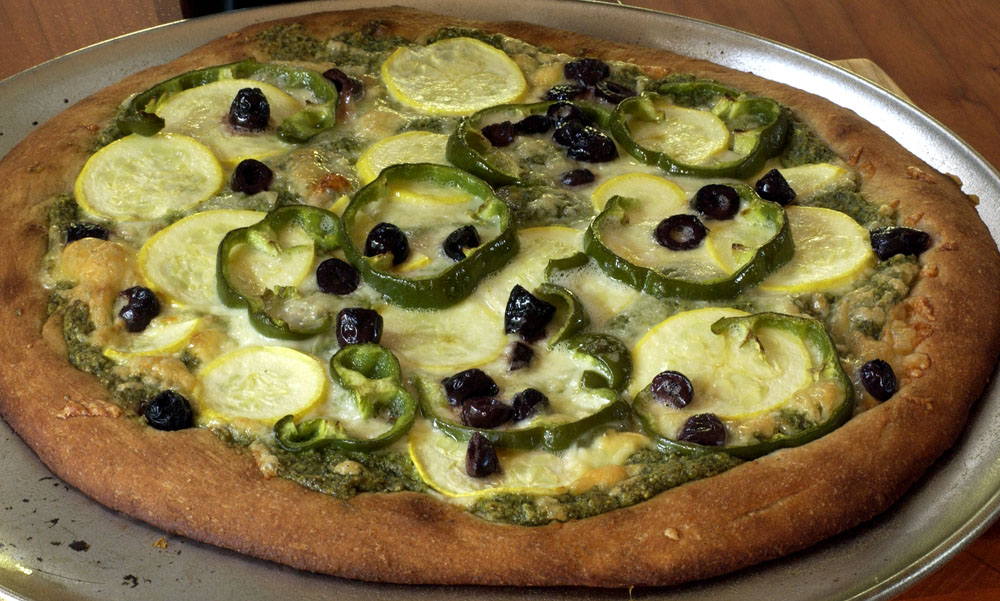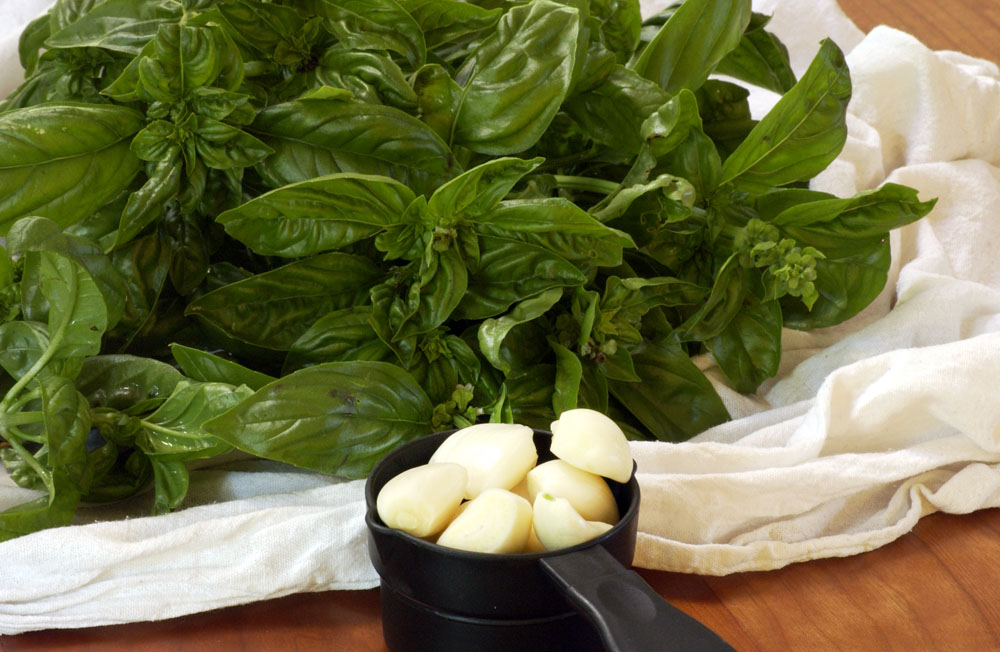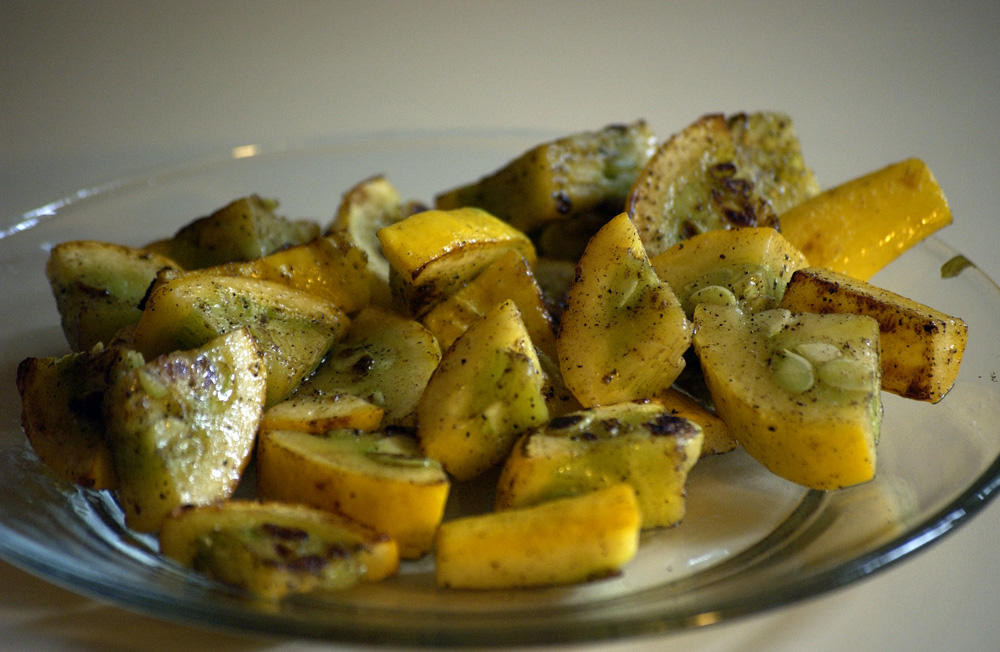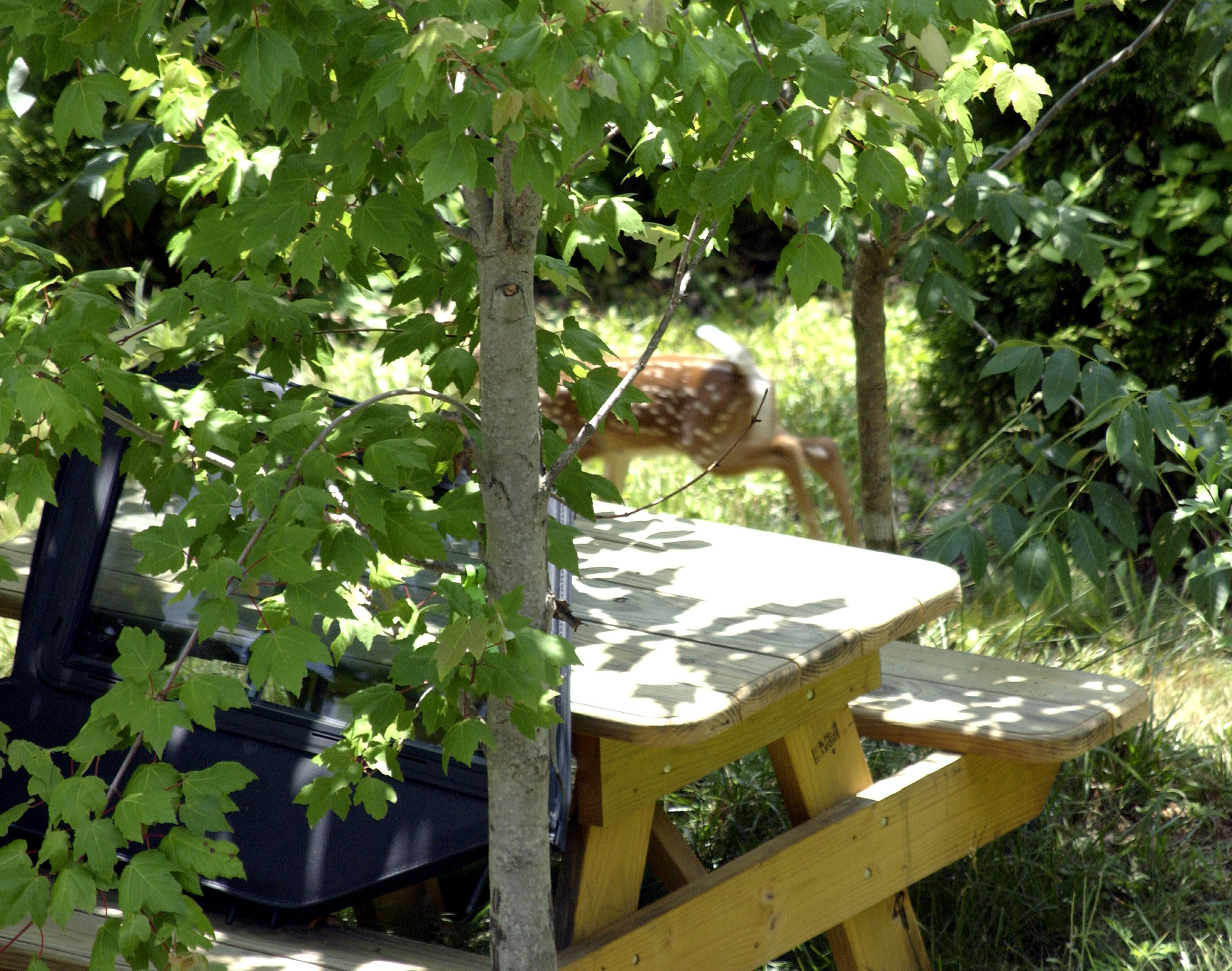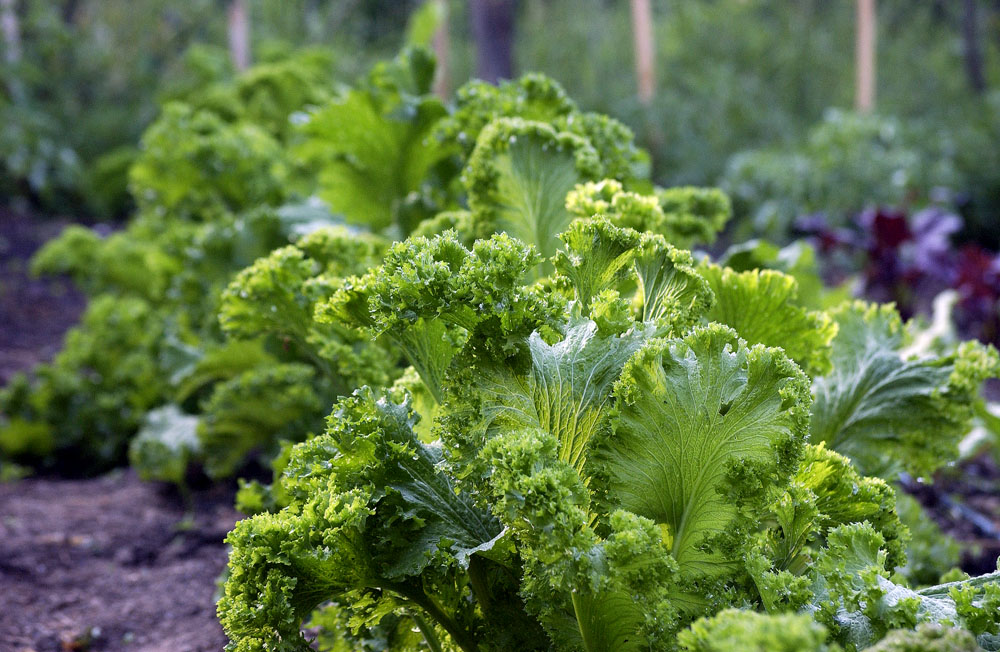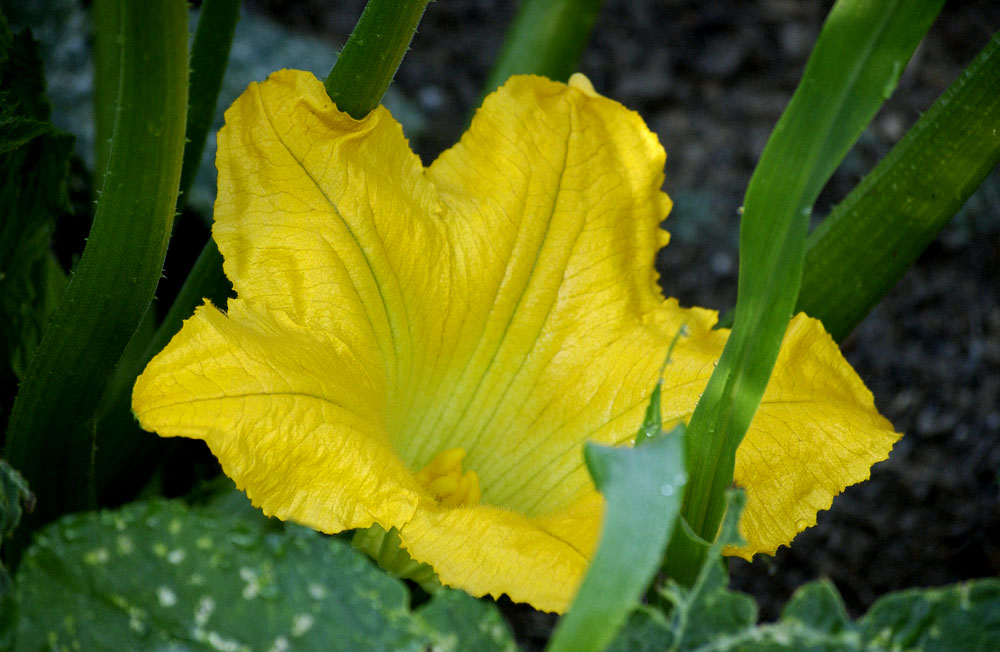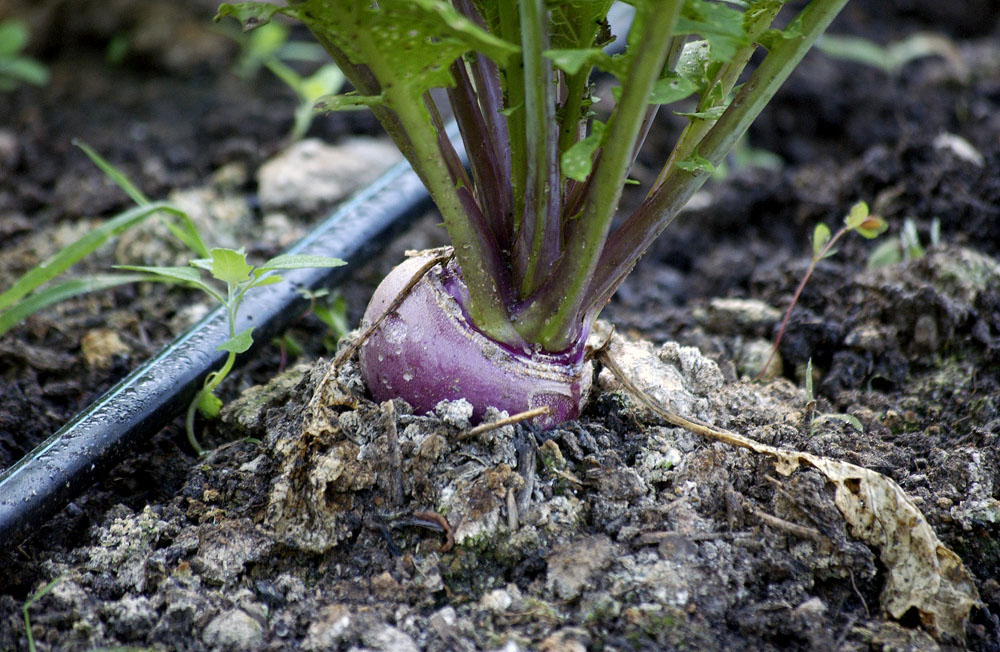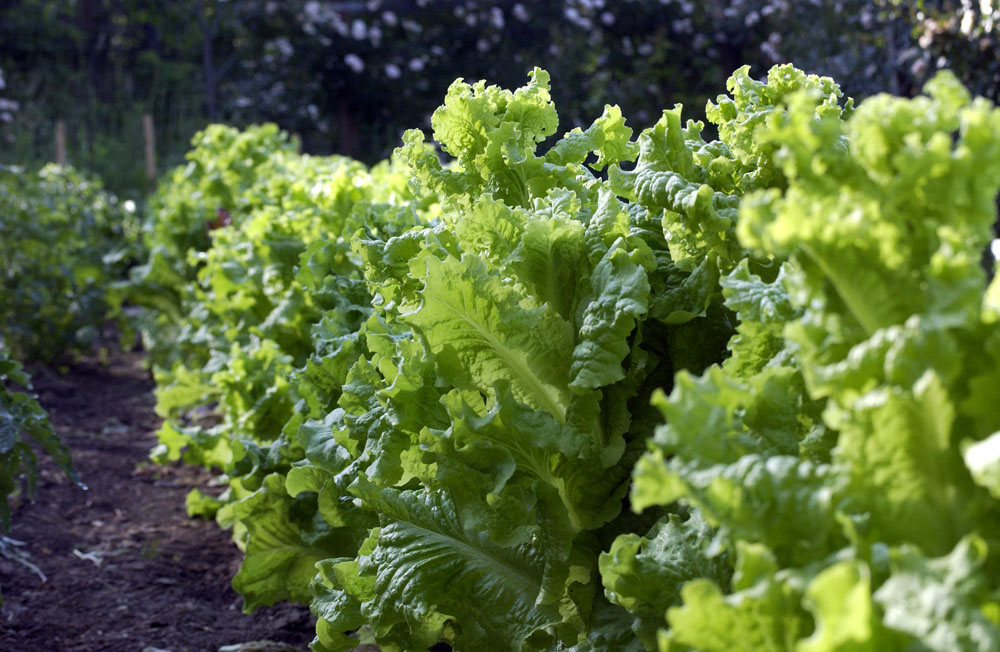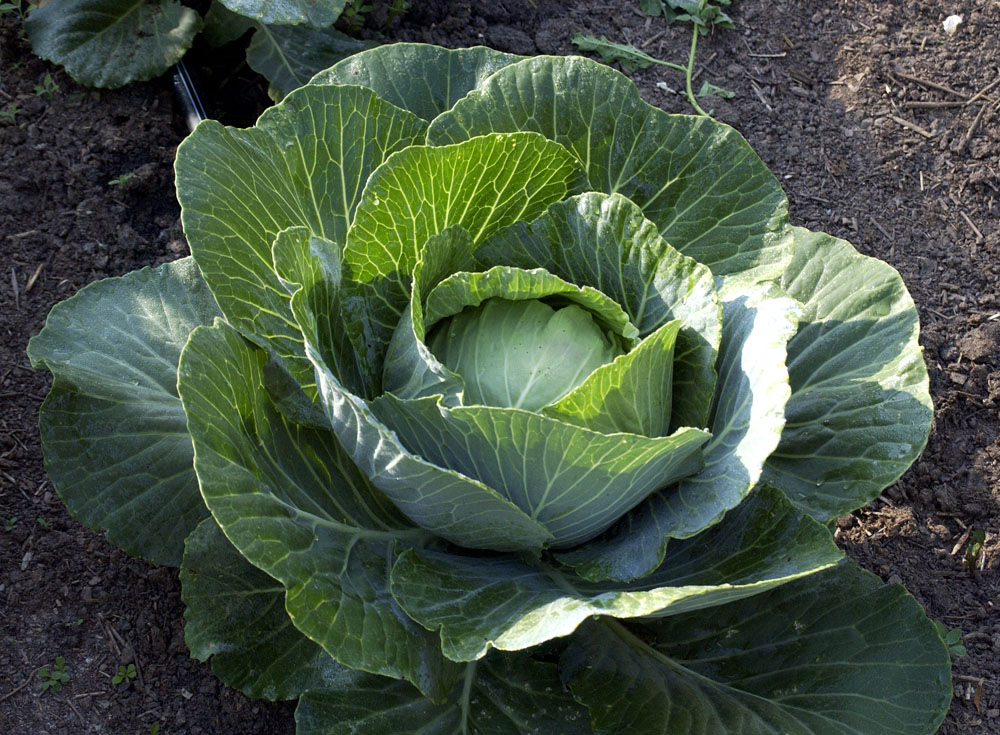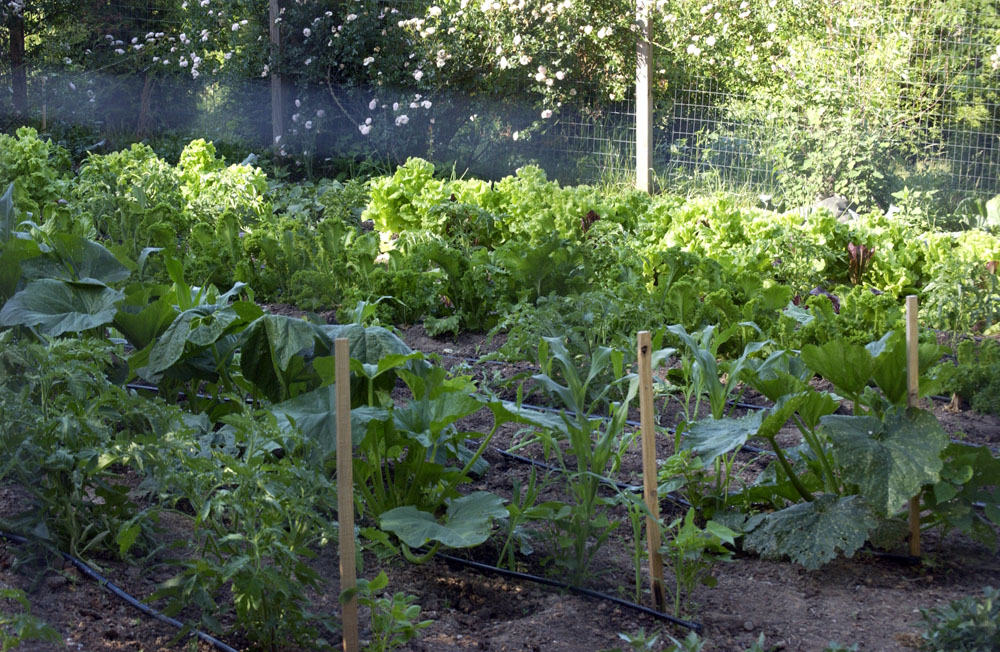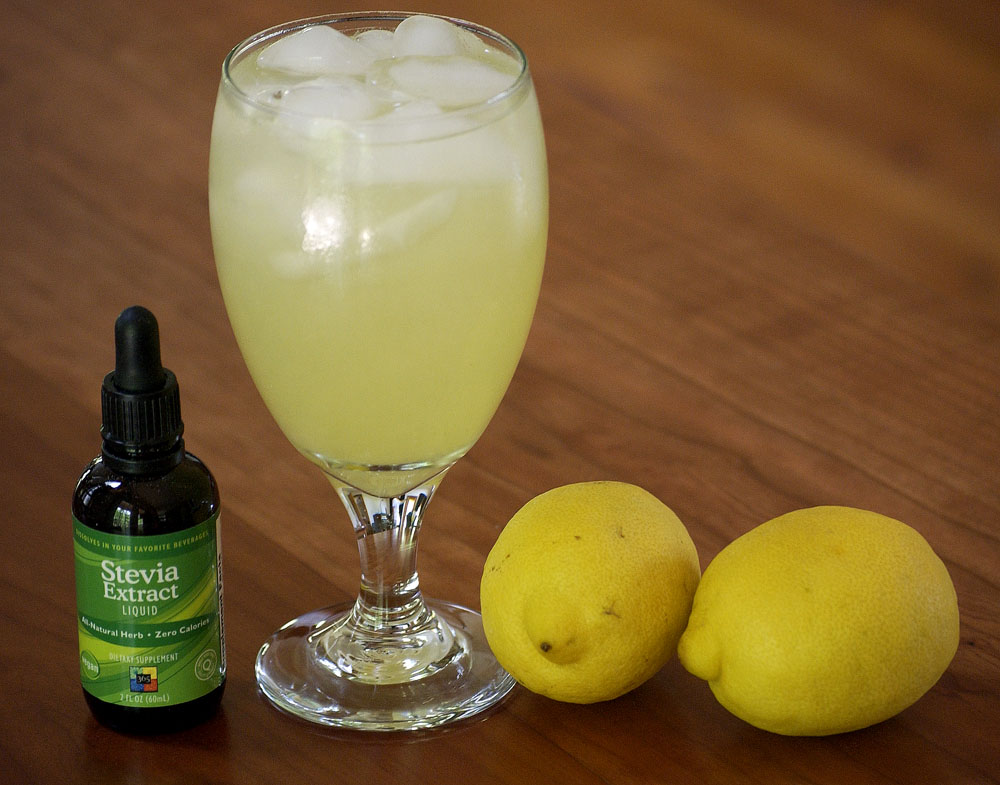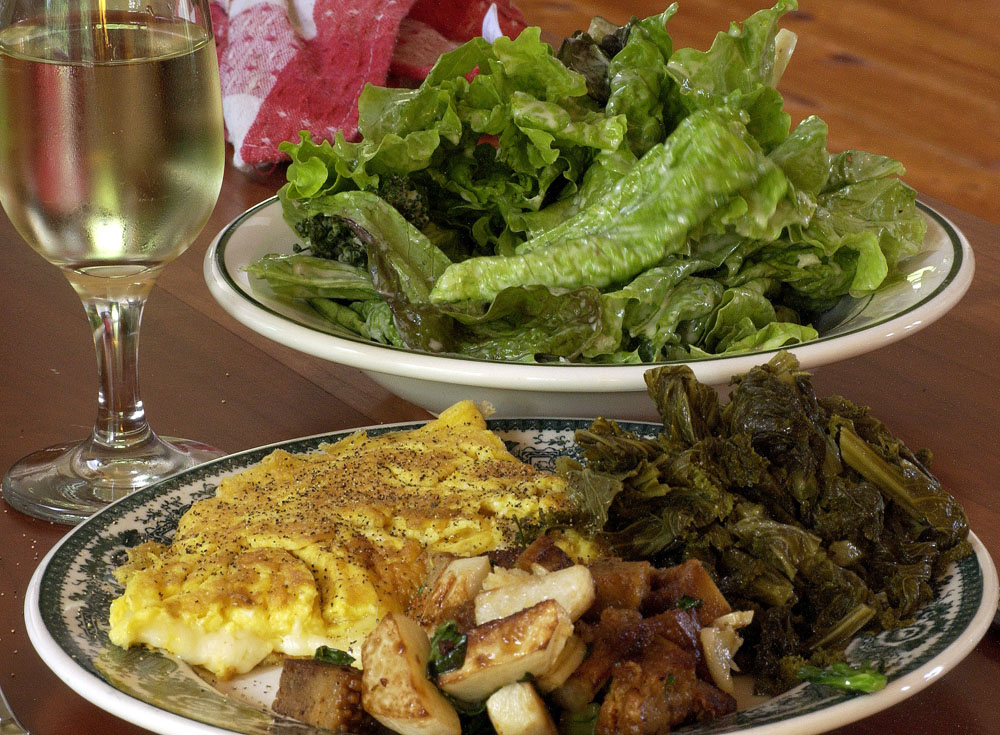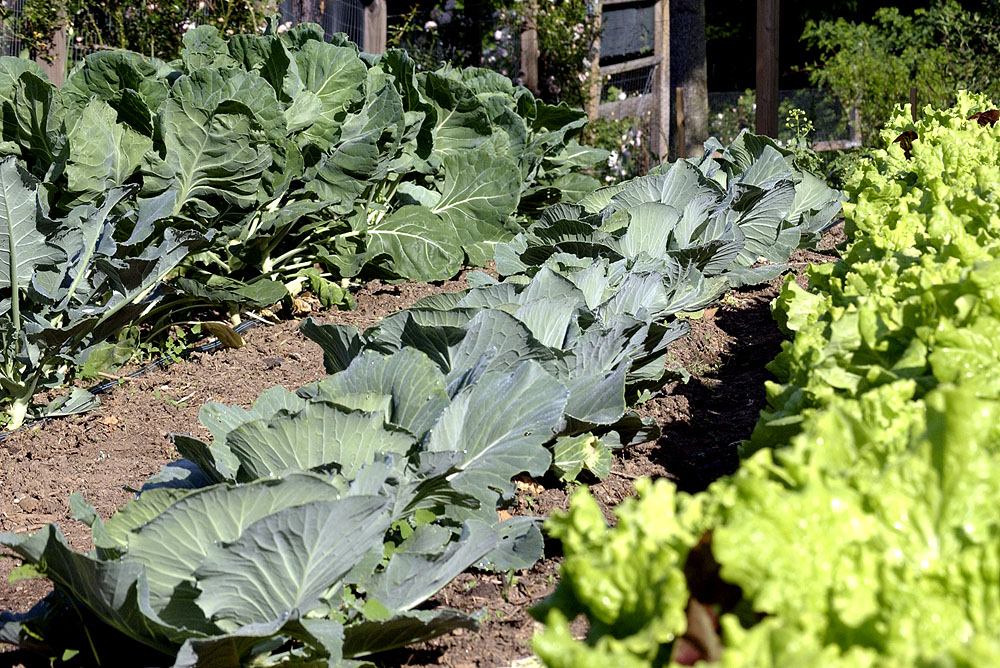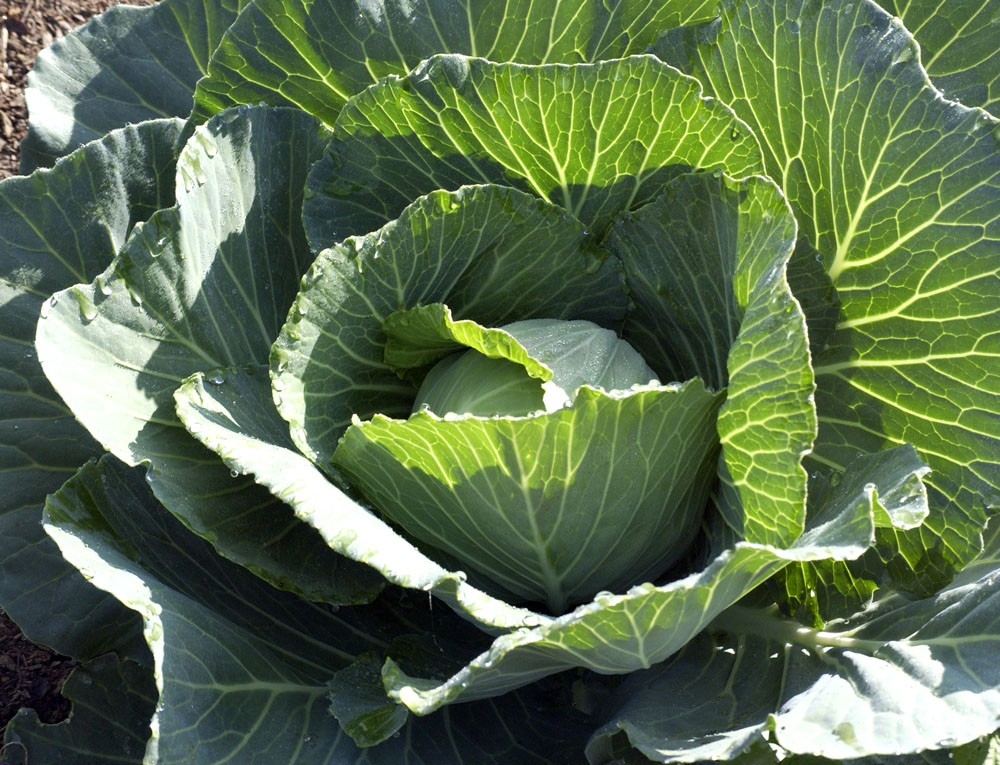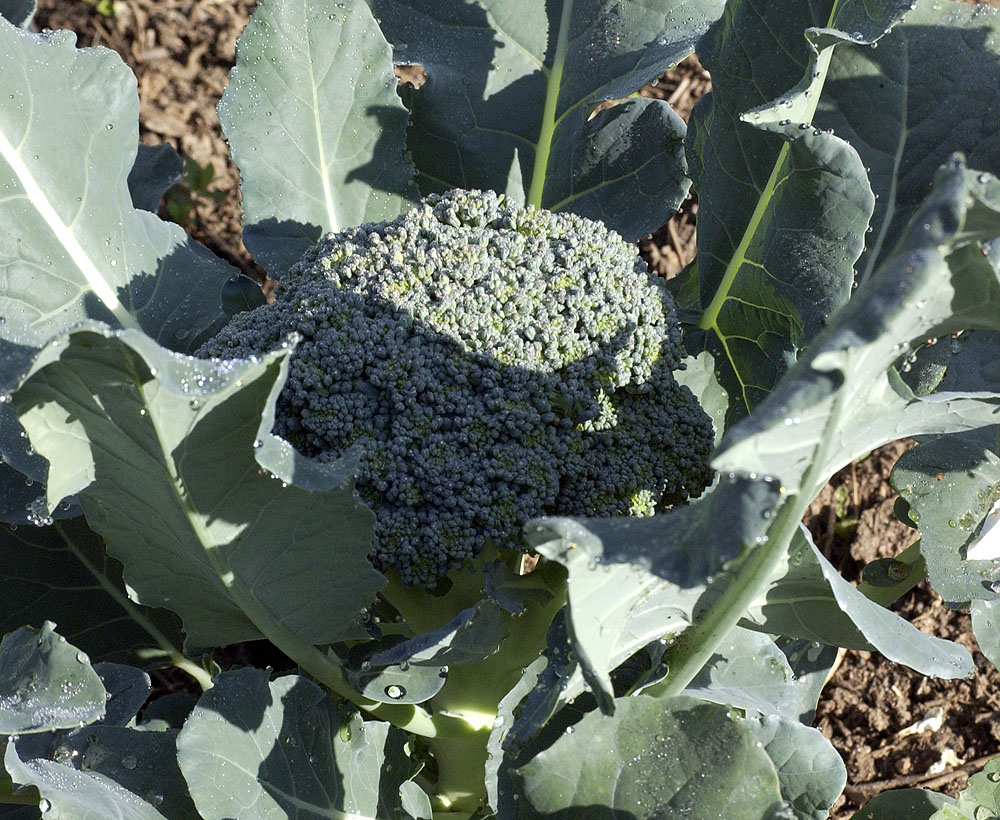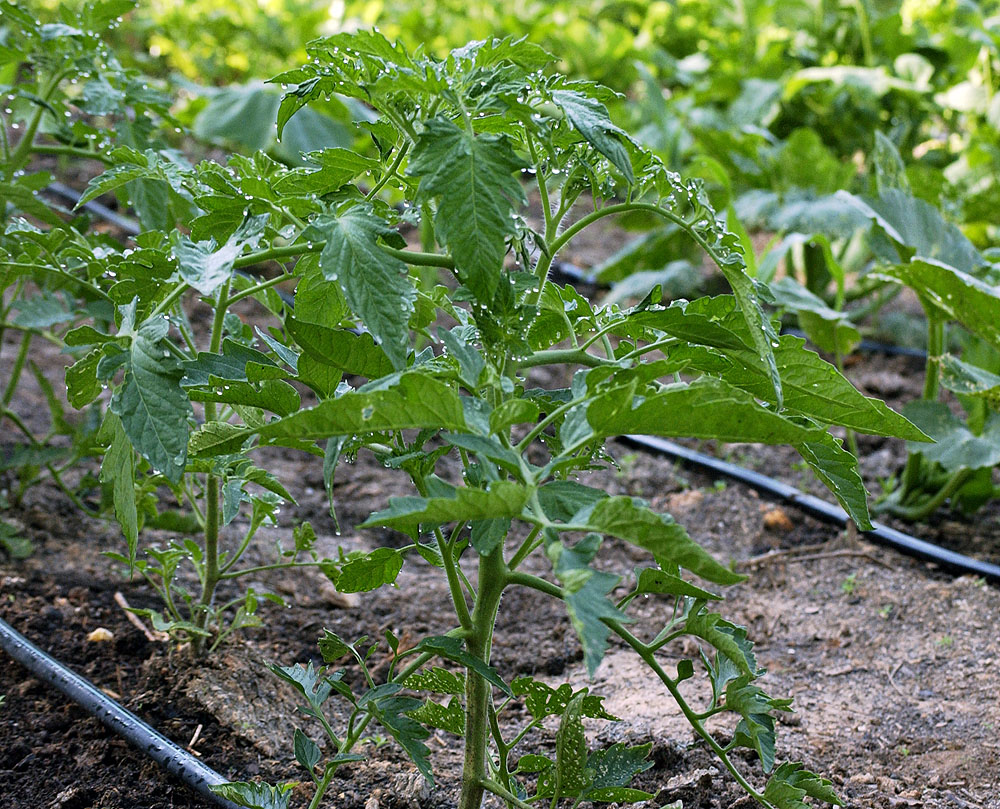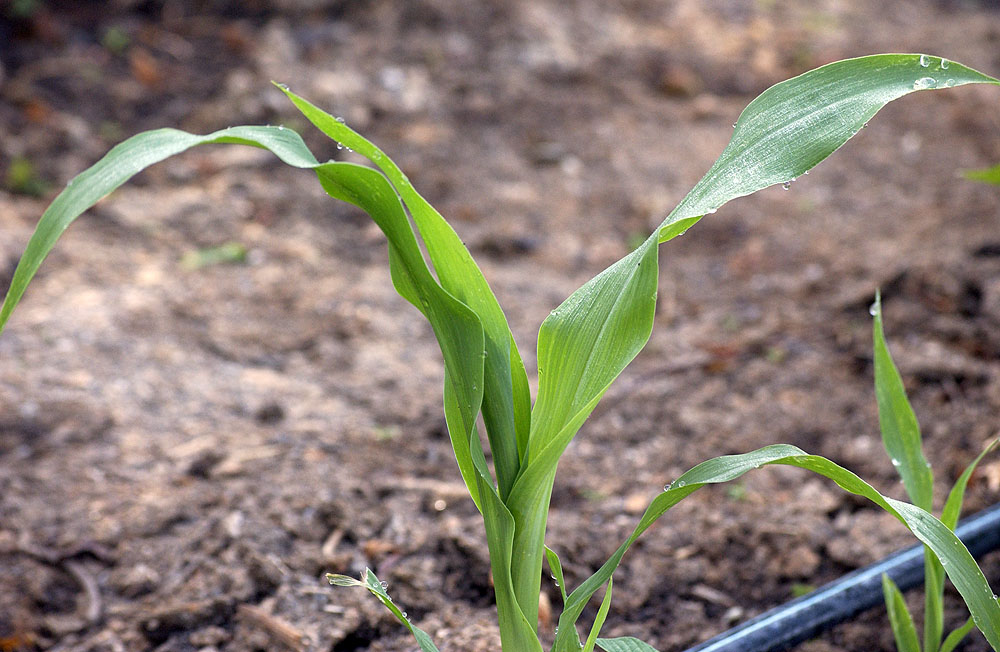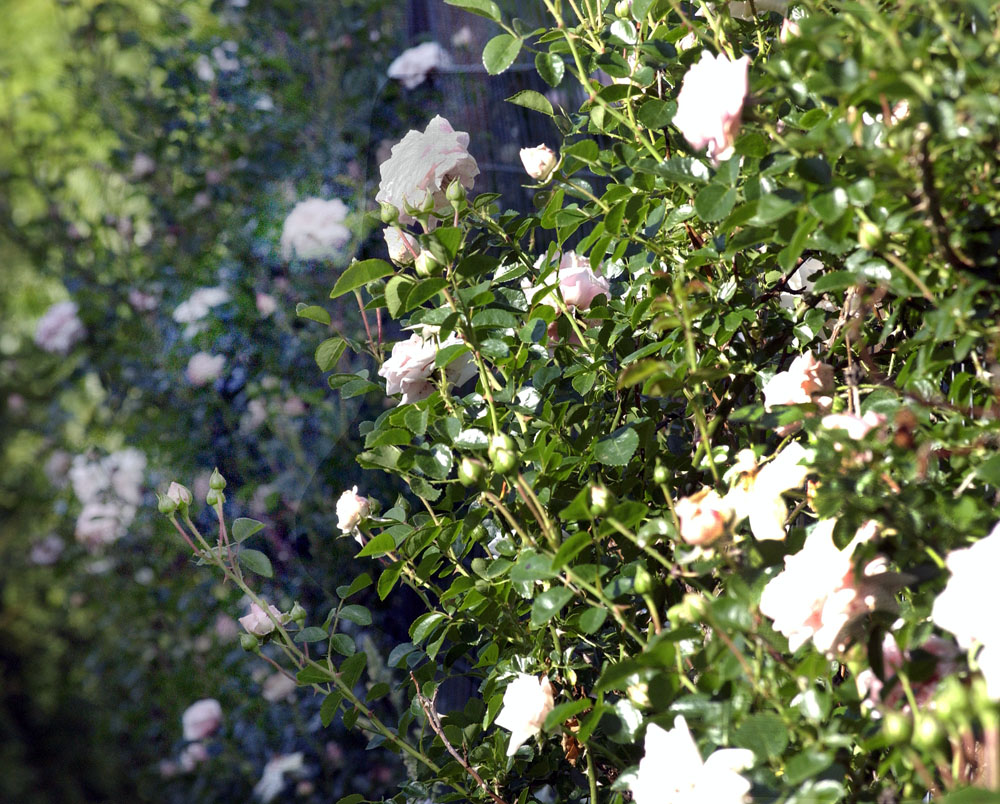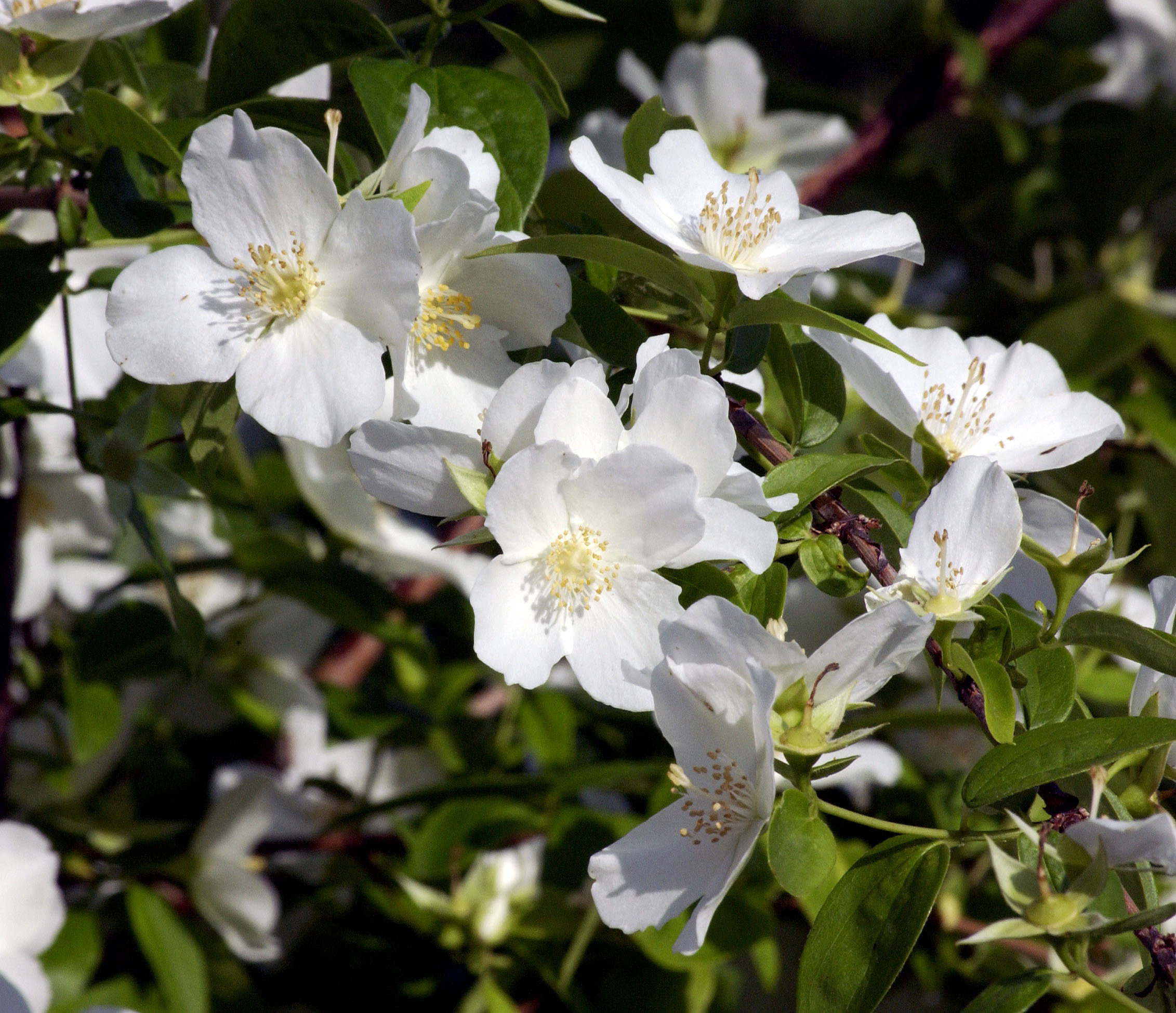
Most of the readers of this blog are not from Stokes County, or even from North Carolina, so I need to explain what Vade Mecum is and why people in Stokes County are so concerned about it.
A hundred years ago and longer, Stokes County was a tourist destination. People would come into Walnut Cove on a train, then travel by wagon to one of the resorts. The resorts were clustered around what is now Hanging Rock State Park. There are cool-running springs there, particularly on the shady north side of the park. It was a cool place to be in the summer. Most of the old resorts, which were built of wood, are gone. Only one remains: Vade Mecum.
Vade Mecum was never exactly abandoned, but it was a bit of a white elephant, and no one knew quite what to do with it or how to deal with the expense of keeping it up. It belonged to the Sertoma Club for many years, and for that reason it’s often known by another name, Camp Sertoma. In recent years, it has been managed by N.C. State University. However, N.C. State was losing money on the property and abandoned it on short notice last year. The Stokes County commissioners scrambled to figure out what could be done with the property. Interested citizens floated a business plan, but the plan never flew. But at present, the North Carolina General Assembly is considering a budget bill that would include some money for Vade Mecum and attach Vade Mecum to Hanging Rock State Park, which is just a stone’s throw away. It seems likely that the bill will pass and that Vade Mecum will be saved for the people of North Carolina. But people in Stokes County aren’t counting their chickens yet.
Yesterday there was a tour of Vade Mecum. Many people who are very interested in saving the place had never been inside, including me.
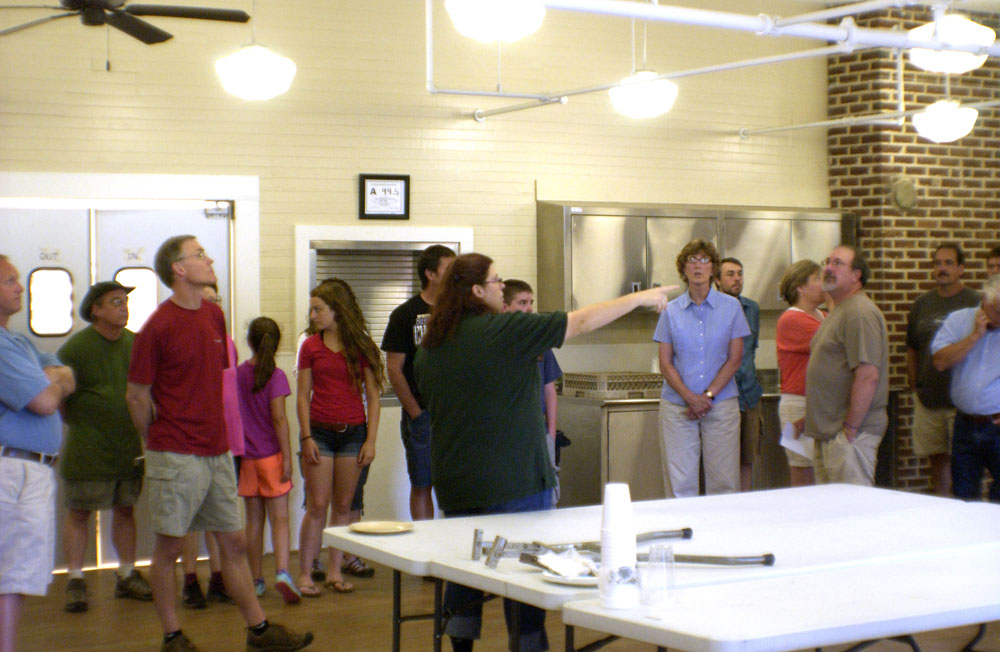
The dining room
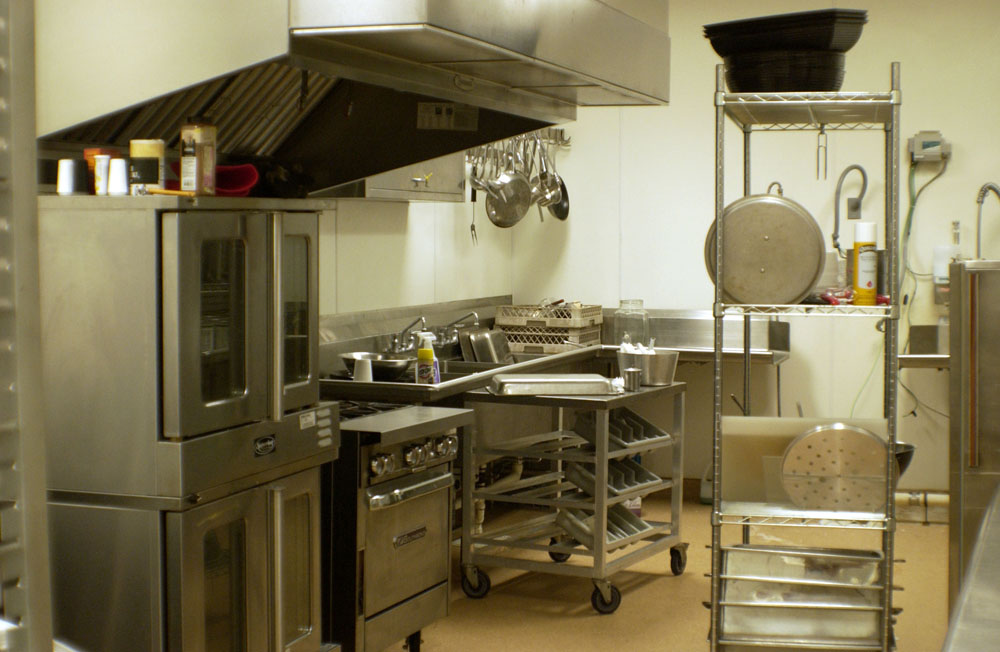
The kitchen

Just inside the main door

Robin, superintendent of Hanging Rock State Park
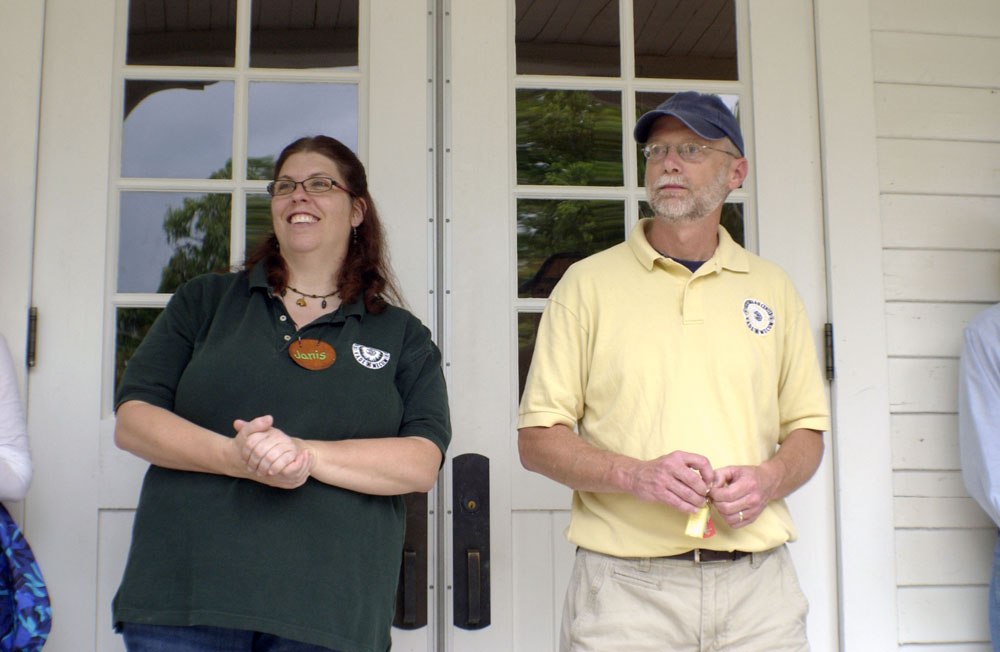
Friends of Vade Mecum and leaders of the tour

A bedroom on the third floor
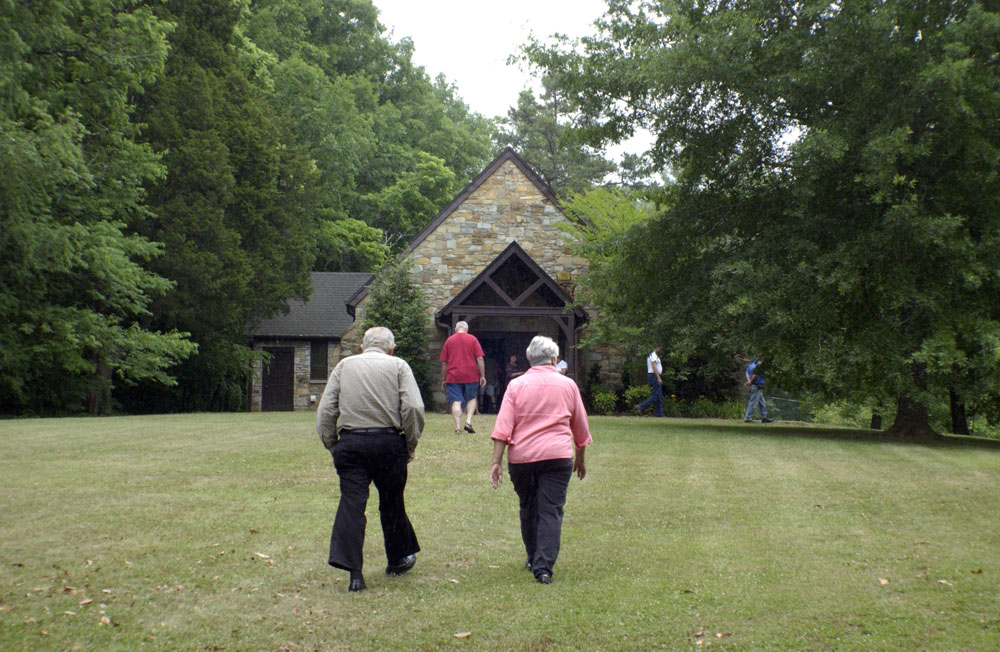
The chapel

The chapel ceiling

The gym, which has a stage at one end…
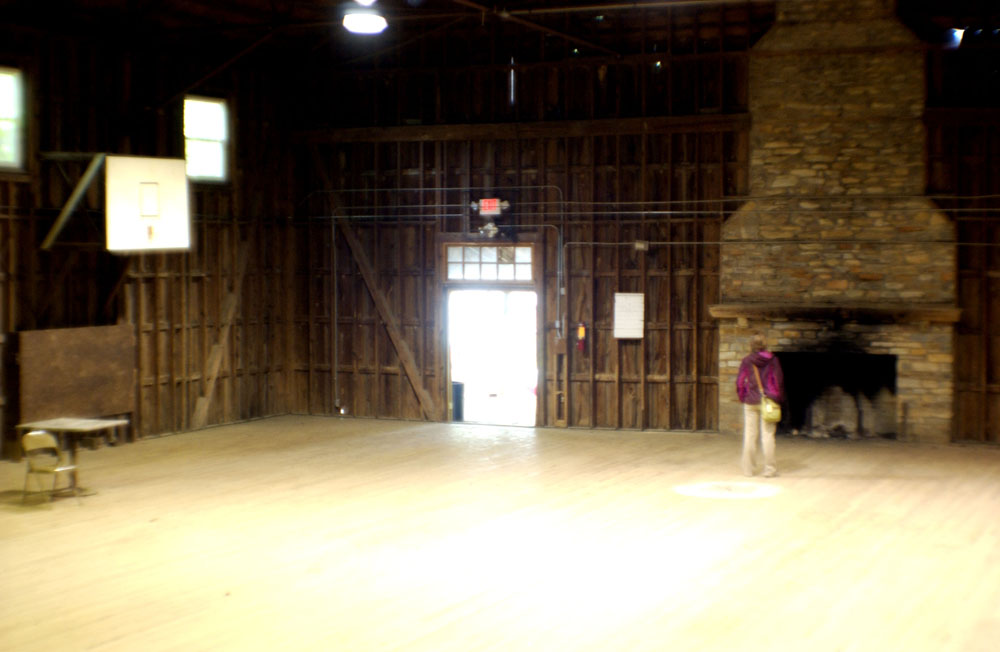
… and a fireplace at the other
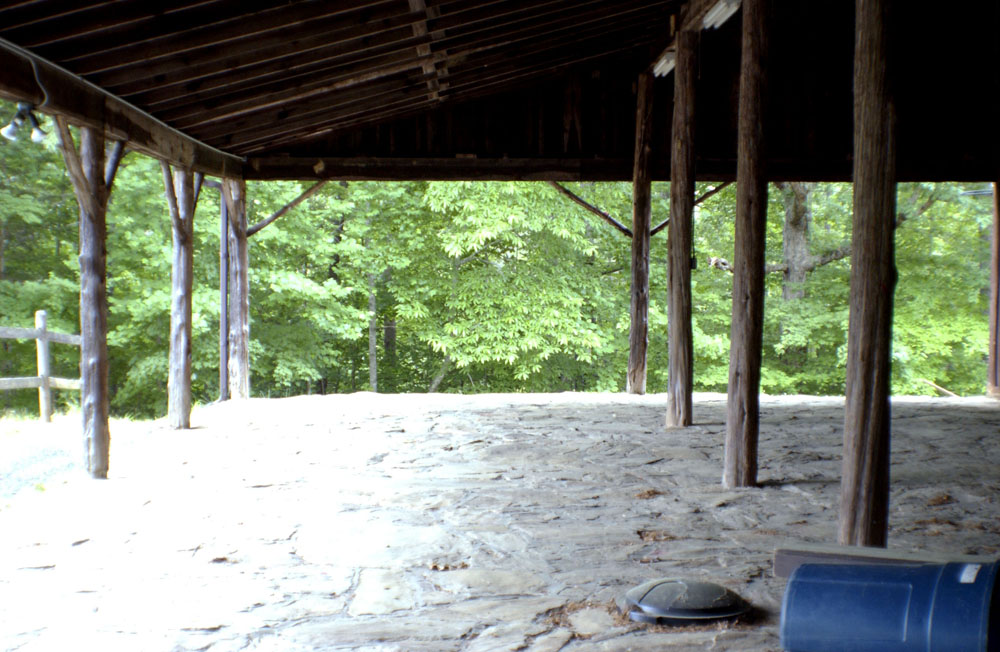
The big porch in front of the gym
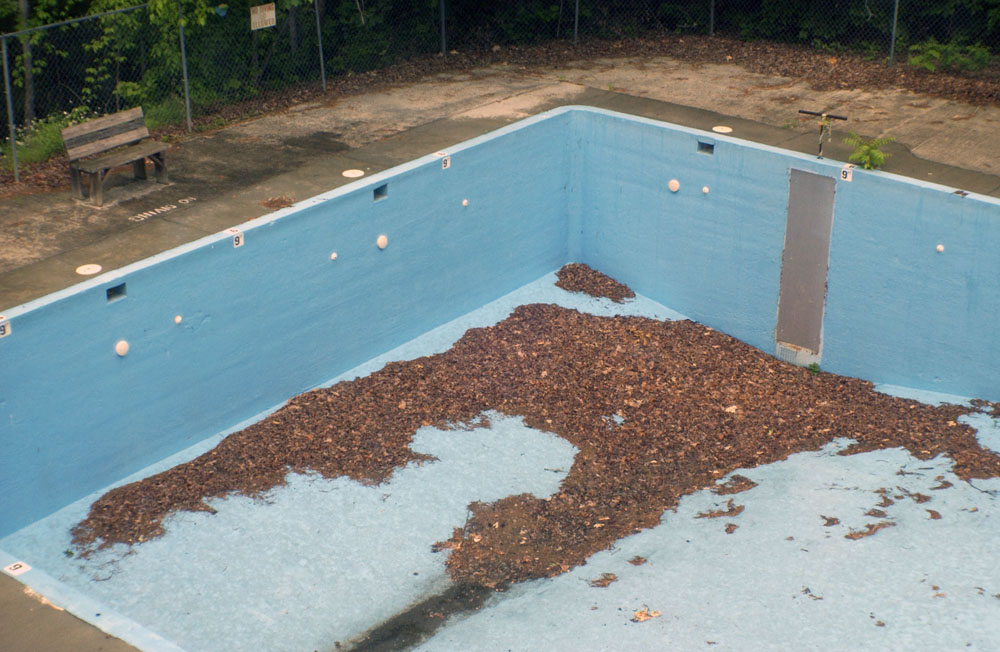
A vast swimming pool behind the gym
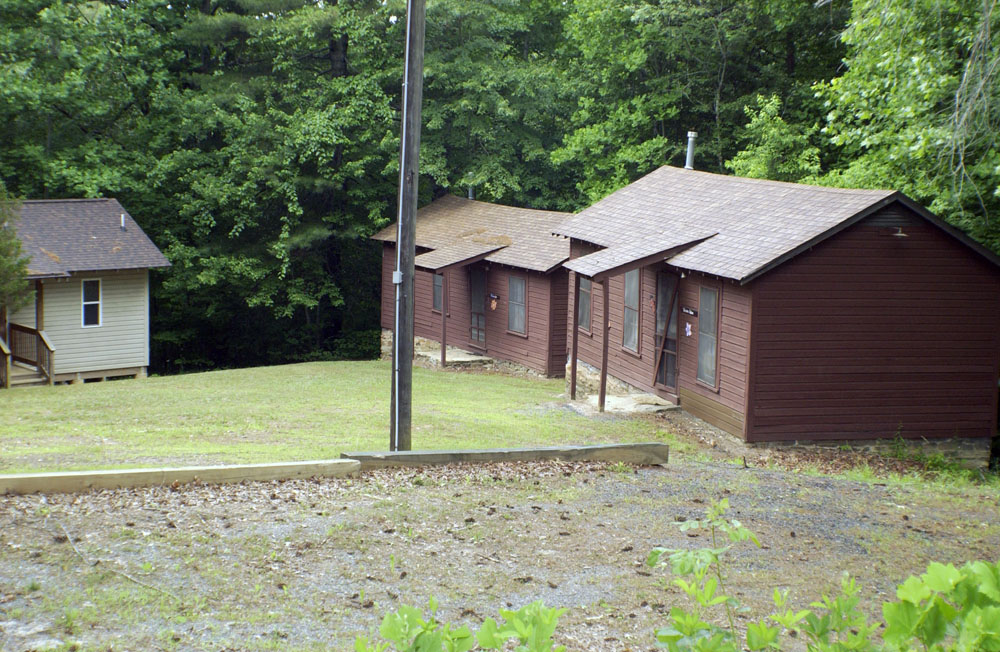
Some of the cabins
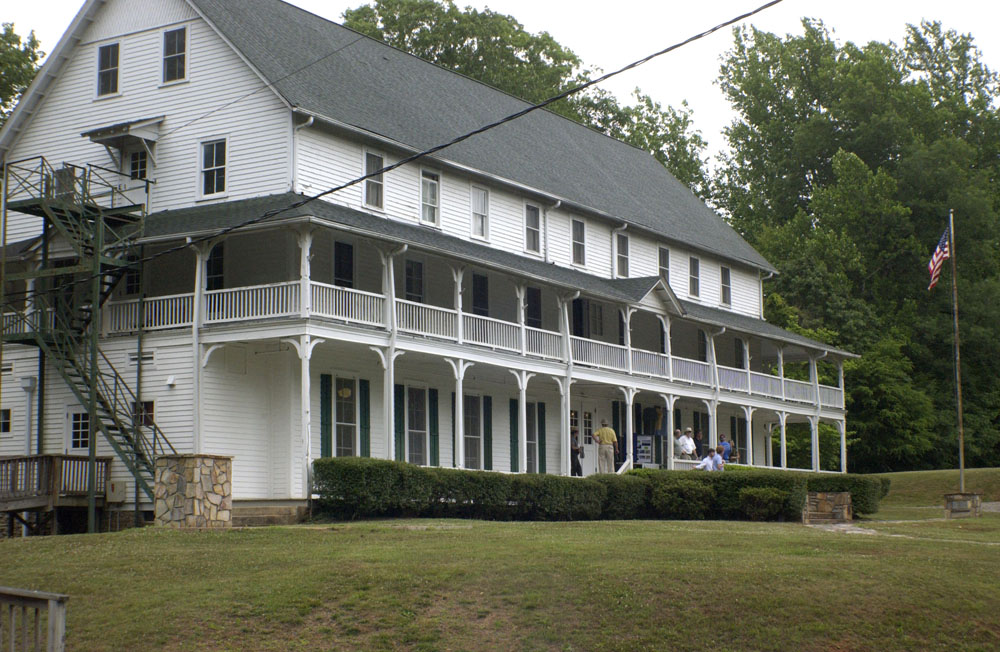
The main building

